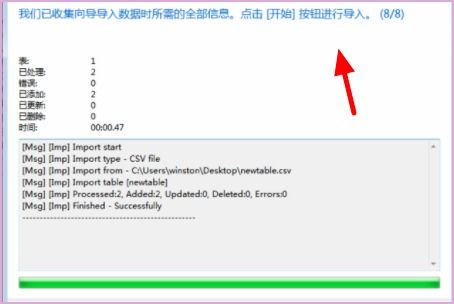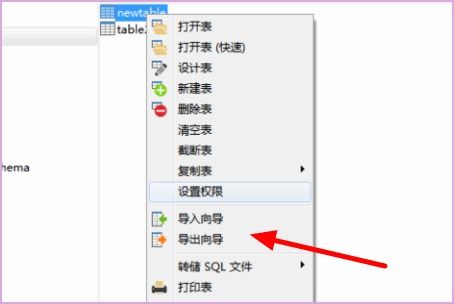
Using SQL Code to Load CSV File into DB Table: A Detailed Guide
Are you looking to import a CSV file into a database table using SQL? If so, you’ve come to the right place. In this article, I will walk you through the process step by step, ensuring that you have a clear understanding of how to achieve this task efficiently.
Understanding the Basics

Before diving into the code, it’s essential to understand a few key concepts. A CSV (Comma-Separated Values) file is a plain text file that uses commas to separate values. On the other hand, a database table is a structured set of data organized in rows and columns.
When you load a CSV file into a database table, you are essentially transferring the data from one format to another. This process can be quite useful when you need to analyze or manipulate the data within a database environment.
Choosing the Right Database

The first step in the process is to choose the right database system. There are several popular options available, such as MySQL, PostgreSQL, and SQLite. Each of these databases has its own syntax and features, so it’s important to select the one that best suits your needs.
For the purpose of this article, I will be using MySQL as an example. However, the general principles outlined here can be applied to other database systems as well.
Creating the Database Table

Once you have chosen your database system, the next step is to create the database table where you will store the CSV data. This involves defining the table structure, including the column names and data types.
Here’s an example of a simple SQL query to create a table named “employees” with three columns: “id,” “name,” and “age”:
CREATE TABLE employees ( id INT, name VARCHAR(100), age INT);Loading the CSV File
Now that you have your database table ready, it’s time to load the CSV file into it. The process varies slightly depending on the database system you are using. Below, I will provide instructions for MySQL.
First, you need to have the CSV file stored on your computer. Make sure you know the file path. Next, use the following SQL query to load the data:
LOAD DATA INFILE 'path/to/your/file.csv'INTO TABLE employeesFIELDS TERMINATED BY ','ENCLOSED BY '"'LINES TERMINATED BY ''(id, name, age);In this query, replace “path/to/your/file.csv” with the actual file path of your CSV file. The “FIELDS TERMINATED BY ‘,'” and “LINES TERMINATED BY ”” clauses specify the delimiters used in the CSV file. The “ENCLOSED BY ‘”‘ clause indicates that the values are enclosed in double quotes.
Verifying the Data
After loading the CSV file into the database table, it’s crucial to verify that the data has been imported correctly. You can do this by running a simple SELECT query to retrieve the data from the table:
SELECT FROM employees;This query will display all the rows and columns in the “employees” table. If the data appears as expected, you have successfully loaded the CSV file into the database table.
Conclusion
Loading a CSV file into a database table using SQL can be a straightforward process when you follow the right steps. By understanding the basics, choosing the right database, creating the table, and using the appropriate SQL query, you can efficiently transfer your data from one format to another.
Remember to always double-check your data after the import process to ensure accuracy. With this guide, you should now be well-equipped to handle CSV file imports in your database environment.


